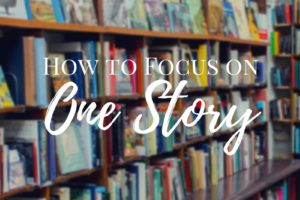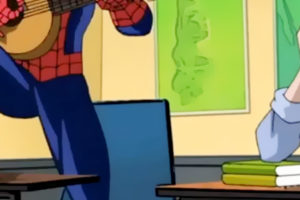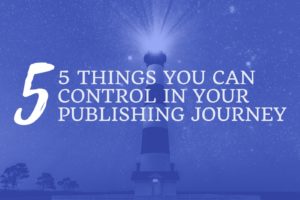I hope you have enjoyed these flashback entries from WriteOnCon 2018! Remember to sign up for the 2019 conference, which takes place February 8-10!
In this workshop, I talk about how to find your novel’s opening — one of the hardest parts of the process, if you ask me. I give short talks, then release the viewer to do writing exercises. I also read and discuss some of examples.
Early in the workshop, I ask the viewers to answer these polls. You can’t vote in them now (sorry!) but I’m including them as examples below.
My YA fantasy is about a girl and a prince going on a quest. My log-line says: Melle needs the prince’s help to rescue her father, but she is an outcast in her society and if she requests help she’ll be breaking the law.
Where should the story start?
- With my protagonist hunting in the woods. Her father is injured in the scene and she decides maybe she should go to the prince for help.
- With my protagonist outside the meeting chamber at the palace. Her father is already injured, and she’s face-to-face with the prince by page 5.
- With my protagonist and the prince entering the faerie realm on their quest.
Where should the story start?
- With the protagonist getting injured in the war.
- With the protagonist arriving at his new town.
- With the protagonist deciding to save someone.
- With the protagonist in the middle of saving someone.
Where should the story start?
- With the boy in his home country, before he comes to the USA.
- With a thorough introduction of the boy’s past journey and how he came to be where he is.
- With the boy playing the instrument in the USA right before it’s stolen.
- With the instrument being snatched out of the boy’s hands.
- After the instrument is stolen, when the boy decides to try and get it back.
Below are the examples from books that I ran out of time to share!
Knife of Never Letting Go:
Todd and his talking dog are walking to investigate the silence. We get a lovely description of their surroundings and an immersive moment in their world, and then see an encounter with the main antagonist by page 6.
This essentially boils down to:
- Opening image: Protagonist talking to a friend while they go through familiar territory.
- Set-Up (the first 10 minutes): Protagonist is confronted by antagonist and the rules of the world are established.
- Catalyst: Protagonist meets something completely alien from their world and incomprehensible.
Percy Jackson and the Lightning Thief:
Percy Jackson opens by addressing the reader — something that can be tricky but works really well for his voice. We’re immediately familiar with him. We see his world at school, and then everything changes.
This essentially boils down to:
- Opening image: Protagonist speaks directly to the reader, using strong character voice to center us in the world.
- Set-Up (the first 10 minutes): Protagonist walks us through his slightly quirky, slightly normal day — and we get a drip of relevant information that the protagonist doesn’t realize they need.
- Catalyst: Protagonist confronts an antagonistic force they never saw coming.
Wildwood:
We start with the absurd — the first image is a baby being kidnapped by crows. Again, the voice is very distinct, but this voice is more musing than Percy Jackson. We go from the dramatic beginning into a flashback of the day so far. By the end of the chapter, we’ve caught up to the catalyst moment again — her brother is being kidnapped.
This essentially boils down to:
- Opening image: Protagonist sees something incredible — essentially, the catalyst moment.
- Set-Up (the first 10 minutes): Protagonist reflects on what brought them to this point.
- Catalyst: Protagonist returns to catalyst moment and reacts to it.

















